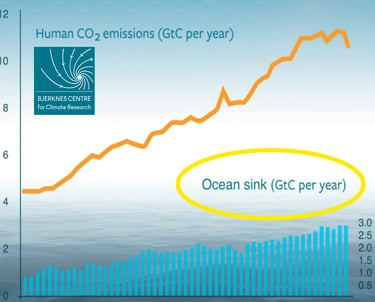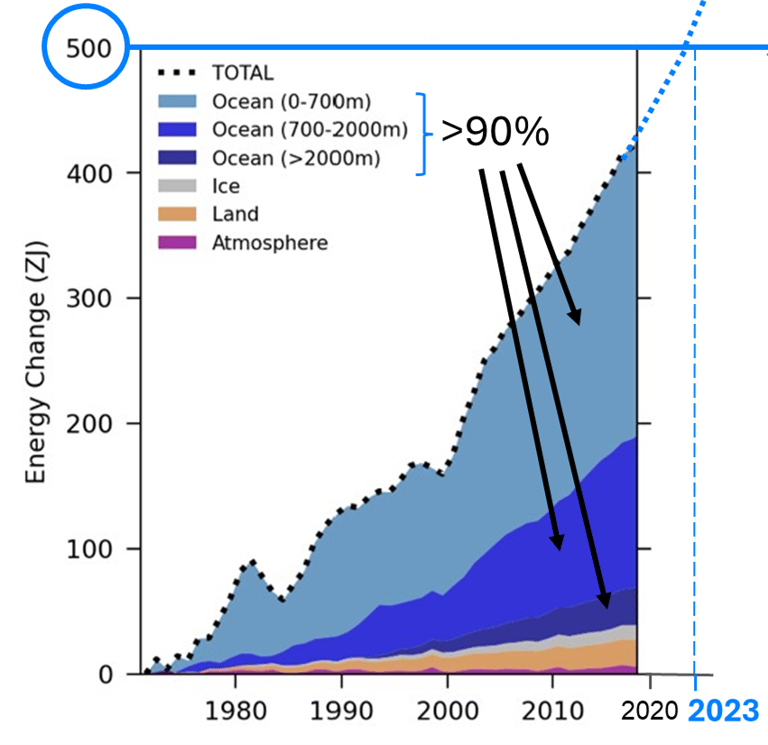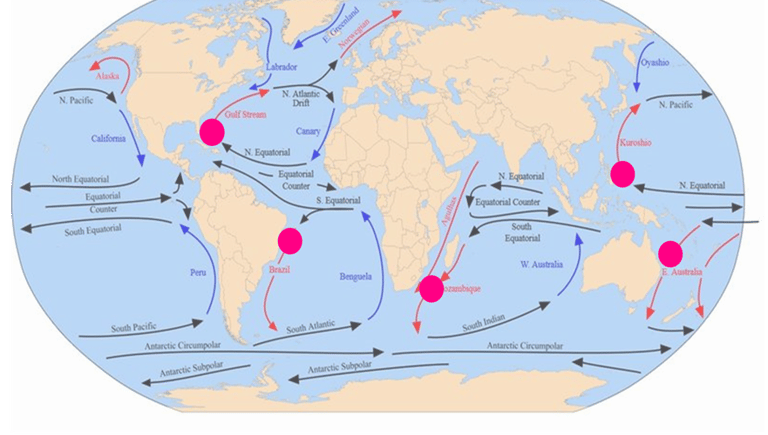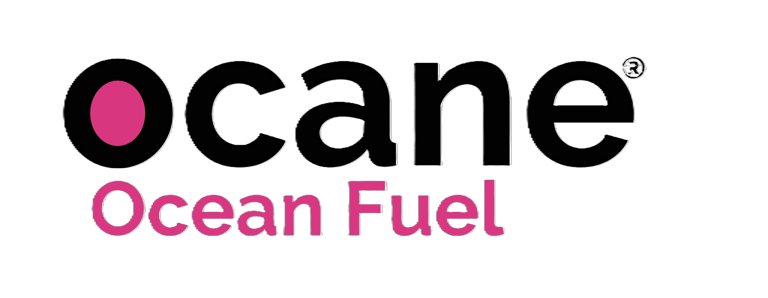What's the problem?


We are leveraging 2 of our biggest climate problems:
Ocean Warming & Acidification
to tackle 2 of our biggest needs:
Sustainable Synthetic Fuels & CO2 removal
Our Nature Based Solution addresses all 4 elements simultaneously by leveraging the symbiotic relationship.


We are doing well with regards to green electron production and the electrification will reduce our reliance on green molecules for fuel from 75% now to 50% by 2050, this includes coal. This means, we still need energy dense molecules in the future, specifically in the hard to abate sectors, such as aviation and marine. Green fuel production can come from bio based feedstocks, however this is not scaleable to the volumes needed to replace fossil. The other option is green synthetic fuel. Here, while no scale hurdles, the costs are at least 5-10 higher than fossil. At least 80% of that synthetic green fuel cost is driven by green feedstock costs, that is
(1) green H2 - currently from electrolysis using green electrons - and
(2) green CO2 - currently from biogas production or from Direct Air Capture (DAC).
Reduction of atmospheric CO2 concentrations by Carbon Dioxide Removal (CDR) is a hot topic, either nature based or engineered. Removal capacities are however far behind targets. Current trajectories are not anywhere close to what we need to achieve to keep the globe safe.
In the engineered carbon removal space, the biggest hurdle for both atmospheric and marine based CDR (mCDR) efforts is the required input energy to drive the processes. mCDR takes advantage of the large ocean surface area that drives the CO2 mass transfer from the atmosphere into the ocean. This transfer is accelerated when CO2 is removed from the ocean. This is one of the mechanisms how mCDR indirectly brings down atmospheric CO2 concentrations, which is our ultimate goal.
CO2 content in the oceans is directly linked to ocean acidity expressed by the water pH. The more CO2 is absorbed the more acidic the oceans become with a measurable negative impact on the marine ecosystem.
ocane: Our Nature Based Solution
ocane's innovation is the release of H2 and CO2 from the oceans by leveraging the dangerously increasing thermal energy stored in the oceans: a conversion of aqueous thermal energy to chemical energy.
The identified nature based pathway uses a combination of mechanisms, some of which have been known since the 1800s. The challenge is to make them work together at the global use case scale required.
Water splitting via electrolysis is currently the only known pathway to produce green hydrogen using green "E"lectrons from wind, solar, hydro or geothermal.
We offer an alternative pathway focussing on green "P"rotons (H+), the underappreciated ultimate charge carriers in water chemistry. We move from E-Fuels to P-Fuels.
The trade-off we are making is to accept lower processing kinetics compared to a classic water electrolyser. Electrons are much faster than protons, however in water, protons have a few tricks up their sleeve to close that transport speed gap. Protons are a lot faster than any other ions, e.g. such as sodium, the main positive ion in salty ocean water.
While going slower might seem a step backward, it is the step backward that allows ocane to accelerate when looking at the complete picture. "E" - related cost drivers contribute heavily to the 80% of total feedstock cost in the current synthetic SAF production, often requiring water desalination CAPEX as well as Wind or Solar/PV CAPEX and then E-Storage CAPEX on top of the electrolyser CAPEX.
The fuel production technology from H2 and CO2 feedstock - representing 20% of total synthetic fuel costs - is already commercially available and fully de-risked at TRL8/9.
ocane is actively seeking chemical processing plant project partners
This positions ocane's innovation as the first realistic pathway to replace fossil fuels at scale. With our long-term "3 Stepping Stones Plan", we plot out a strategy for a bankable way to drive hyperscaling of fuel production to bring down unit cost. Initially this enables the much needed replacement of fossil resources through carbon utilisation but eventually drive permanent carbon removal.
We start by targeting SAF & Marine Fuels, then move into other fossil markets before eventually reaching ocane's ultimate goal: sequestration of fuel in former oil wells in return for Carbon Credits.
Only the last stage requires subsidies and has uncertainties attached to it. What is certain is that we are behind with our climate targets and that it is very unlikely to change over the next 10 years. That means: Our target market is not going away, it will grow massively.
1t of sequestered fuel is the equivalent of 3.5t of CO2 sequestered. Added benefit: heat energy is sequestered as well as chemical energy.
The sequestration demand to bring down atmospheric CO2 concentrations levels will drive economies of scale for all synthetic fuels products and by that bring down our No.1 KPI: Synthetic fuel production cost.
We don't have to wait for markets to develop: the market is staring us into the face as the biggest threat to the global ecosystem.


Green fuel production requires green CO2 and H2.
The oceans are picking up 30% of our carbon emissions. As per 2018 IPCC data they have collected 500Gt over the last 200 years, increasing at 7Gt/a.
The production of H2 requires a hydrogen source and energy. Water is the main hydrogen source.
The Oceans are also picking up most of the excess global warming energy, storing more than 91% of all the thermal energy. By 2018 that was 420ZJ, by now more than 500ZJ accumulated over the last 50 years, adding 13ZJ/a. In only 2 weeks the oceans are picking up the same amount of energy we are using globally in primary energy in 1 year.
The Oceans: a one-stop-shop for unlimited cost-efficient synthetic fuel feedstock!




To execute on this vision, a large-scale nature-based delivery mechanisms is required to deliver not just the FOAK (First Of A Kind commercial scale production unit) but also all next generation rigs.
Our globally distributed warm currents provide that mechanism, the 5 main ones including the Gulf Stream, are distributed equally between Northern and Southern hemisphere.
ocane is actively looking for pilot locations and local partners in those regions.
The offshore ocane rigs use the strong warm currents as cost efficient delivery and mixing mechanisms.
Warm water flows into the rig with a given temperature/pH profile and exits with a slightly reduced temperature and higher pH, all within the daily and seasonal natural range. This tackles both climate problems simultaneously:
ocean overheating and
acidification.
The released gases are collected and are the starting point for the ocane sustainable fuel value chain.


We convert the feedstock gases offshore into intermediary higher value, higher energy content products. CH3OH, Methanol, is one option.
Not only does this step eliminate the headaches around hydrogen logistics, but it decarbonises ocane's value chain.
Methanol is one the marine fuel solutions to replace current fossil fuels and can be used to ship the main product volumes onshore for final processing in centralised large scale Methanol-to-Jet refineries.
ocane is actively seeking marine logistics partners.
We are focussing on SAF given the urgent need for cost efficient and scaleable solutions due to many regional regulations starting in 2025 that require annually increasing minimum percentage mix-in ratios for SAF into jet fuel. Current outlooks predict supply shortages from 2030 onwards due to a "perfect storm" of increasing fuel demand & increasing mix-in requirements.
There has been a lot of activity in this space and additional funding collaborations, such as the AIRBUS led SAFFA or the United Airlines led SFF underline the urgent need for disruption.
The best way forward are close colaborations between innovators and industry form the earliest stages. MOUs and Offtake agreements are the keys to unlock the current situation to drive much needed SAF production hyperscaling.
Step 1: A journey of 1000 miles.... starts with SAF
© 2025. All rights reserved.
Connect
ocane Ltd
Sevenoaks, UK
Co.No.: 15812135
